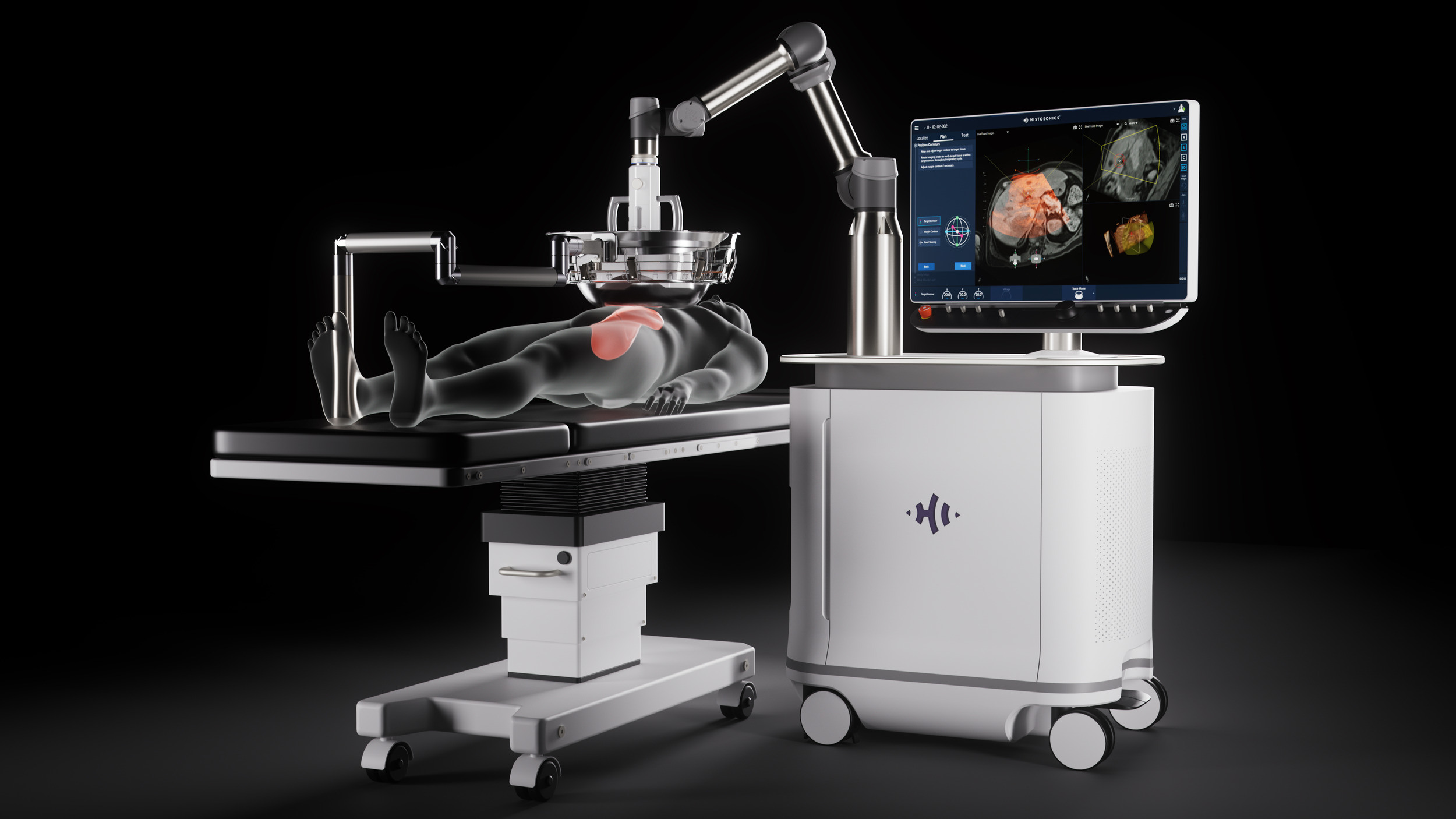USA Health is the first in Alabama to offer histotripsy technology
USA Health is now offering histotripsy — a non-invasive medical procedure that breaks down liver tumors — to patients on the Gulf Coast and surrounding areas. The procedure uses high-intensity sound waves to target tumors in the liver without the need for incisions, needles, or long recovery times. USA Health is the first health system in Alabama and one of fewer than 100 health systems nationwide to provide this treatment through technology made by HistoSonics.


